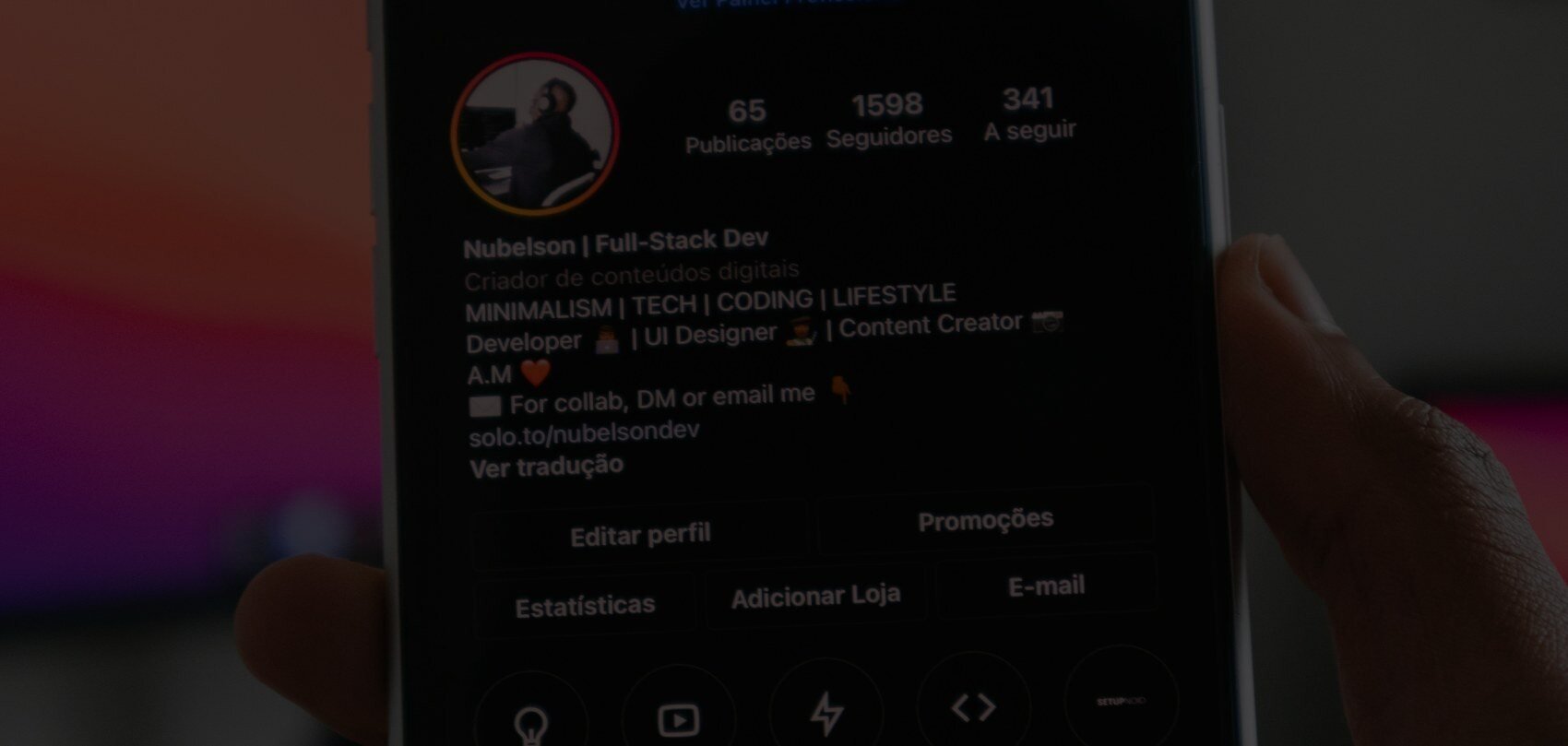Mastering the art of SEO is essential for any blogger looking to rise above the competition and secure top rankings on search engines. Don't let Google's AI Overview scare you away. There's plenty of track to go around still!
We break down the complex world of SEO into three crucial phases, each playing an integral role in catapulting your blog to success. Get ready to delve into the intricacies of SEO planning, content creation, and review, as we equip you with the tools and knowledge to dominate the search engine landscape.
Phase 1: SEO Planning
1. Topic Selection
- Identify topics relevant to your ICP: Identifying topics relevant to your Ideal Customer Profile (ICP) involves understanding the specific interests and pain points of your target audience. By focusing on these areas, you can create content that resonates deeply with your audience, driving engagement and building trust.
- Research trends and keywords: Researching trends and keywords helps you stay updated with the latest industry developments and audience interests. By targeting relevant keywords, you can improve your content's visibility in search engines and attract more organic traffic.
TOOL = https://torro.link/keywords

The above keyword map example would help anyone looking for SEO for painters.
2. Keyword Research
- Find primary and secondary keywords: Finding primary and secondary keywords is essential for structuring your content around the most relevant and high-traffic search terms. Primary keywords are your main focus, while secondary keywords support and enhance the content's relevance, improving your chances of ranking higher in search results.
- Analyze intent, search volume, and competition: Analyzing intent, search volume, and competition helps you understand what users are looking for, how often they search for it, and how difficult it will be to rank for those keywords. By evaluating these factors, you can strategically select keywords that align with user intent and have a balance between high search volume and manageable competition.
TOOL = https://neilpatel.com/ubersuggest/

The above SEO Keyword Ideas table provides a view of (1) Monthly Search Volume, (2) Cost-Per-Click, (3) Paid Difficulty, and (4) SEO Difficulty for organic ranking. Use this to analyze the search volume and difficulty to climb the SERPs.
3. Competitor Analysis
- Identify top competitors and analyze their content structure: Identifying top competitors involves researching which businesses or websites are leading in your industry or niche. Analyzing their content structure allows you to understand how they organize their information, what topics they cover, and which strategies they use to engage their audience effectively.
- Look for gaps to add more value: Look for gaps in competitors' content to identify opportunities where you can provide more comprehensive, unique, or higher-quality information to better serve your audience.
TOOL = https://rankinggap.com/

The above table is from RankingGap where you can see the side-by-side comparison on specific terms and the gap in rankings whether you're ranking higher or lower than the competitor.
Level 2: Creating SEO Content
Content Brief
- Create a detailed brief with headings and subheadings: Creating a detailed brief with headings and subheadings provides a clear roadmap for your content, ensuring that all important points are covered systematically. Headings and subheadings break down the content into manageable sections, making it easier for readers to navigate and understand. This structured approach also helps in maintaining a consistent flow and keeping the content focused and organized.
- Plan the flow and where to add media: Plan the flow of your content to ensure a logical progression of ideas and strategically place media elements, like images and videos, to enhance engagement and support key points for better SEO performance.
TOOL = Detailed SEO Extension
If you want to rank higher than us for "Bull Symbolism" (good luck), but here's what to do:

If you go to the article and use the Detailed Extension, you can get the full list of our H1's through H6's for an outline:

Writing the Draft
- Write a compelling introduction to hook the reader: Writing a compelling introduction is crucial for hooking the reader and encouraging them to continue reading your content. Start with a strong, engaging statement or question that addresses a common pain point or interest of your audience. This not only captures attention but also sets the tone for the rest of the article, making it clear that the content will provide valuable insights or solutions.
- Use the primary, secondary, and semantic keywords naturally throughout the content: Use the primary keyword, "digital marketing strategies," naturally in sentences like, "Effective digital marketing strategies are essential for online success." Incorporate secondary and semantic keywords by saying, "These strategies include content marketing, social media management, and SEO techniques to enhance your online presence."
On-Page Optimization
- Optimize title tags, meta descriptions, and headers: Optimize title tags, meta descriptions, and headers by including relevant keywords to improve search engine visibility and click-through rates. Ensure that each element is concise, descriptive, and accurately reflects the content, making it easier for both search engines and users to understand the focus of your page.
- Prioritize alt text: Make sure your images have descriptive alt text to remain accessible to readers and boost your visibility.
- Interlink for SEO Juice: Don’t forget to link to other cool posts you’ve done; it keeps people browsing your site longer. Both internal and external linking will enhance site navigation, distribute link equity, and provide additional value to readers by connecting them to relevant resources. Consider plugins like Link Whisperer for WordPress sites to take advantage of all the linking opportunities in your content.
Level 3: SEO Review and Publishing
Editing for Better SEO
- Check for grammar and readability: When putting together an SEO blog, it's all about weaving those key phrases in smoothly—think titles, headers, and your intro. Keep your writing easy to follow with simple sentences and clear transitions, because the longer folks stick around to read, the better it is for your SEO. Consider reading your draft out loud to identify any sections that need tweaking. If you trip up on any section, your readers will, too.
SEO Review
- Use SEO tools like Surfer SEO to check keyword density, readability, heading count, word count, and more. Surfer SEO is like having an SEO coach who guides you through keyword density, competitive analysis, and real-time content scoring to make sure your posts hit the mark every time. We especially love its in-page content editor so you can constantly have your eyes on how well you're optimizing your pieces and where you might be leaving valuable SEO opportunities on the table.
TOOL = Surfer SEO

Publishing
- Format the post correctly in your CMS: Getting your format right in your CMS isn’t just about making things look pretty—it’s key for nailing your SEO and making sure your content pops on any device. Break your text into bite-sized pieces with intentional headings and bullet points to keep readers engaged and search engines learning from your content. A slick format not only hooks your readers but also helps search engines digest your posts better, boosting those all-important search rankings. So, polish up that layout to keep both your audience and the SEO gods happy!
- Publish and submit the URL for indexing in Google Search Console (GSC): Did you know you don't have to sit back and wait for Google to index your page? Instead, we recommend submitting your URL for indexing in Google Search Console to get things ranking sooner.
Level 4: Post-Publishing
Promotion
- Share the post on social media platforms: By pushing content through platforms like TikTok, Facebook, Twitter, and LinkedIn, you not only increase the direct traffic to your site but also boost its authority by generating backlinks to your content and that's a total SEO win when it comes to how search engines rank your site. Social media also allows for real-time engagement with your audience, encouraging shares, comments, and discussions, which can further elevate your content's relevance and reach.
- Send out email newsletters to subscribers: Newsletters are a crucial tool for building a loyal subscriber base, keeping your audience engaged with regular updates and personalized content. If you haven't yet, you should totally subscribe to our newsletter, The Bullpen, to get exclusive digital marketing and SEO insights straight to your inbox.
Performance Tracking
- Monitor using analytics tools like GSC: Hooking up your site with Google Search Console is like getting a backstage pass to how your content performs in Google searches. It shows you the good, the bad, and the tweakable by tracking stuff like how often you show up in searches, your click rates, and where your keywords land you on the page. Plus, it sends you alerts if something's off, like crawl errors or security hiccups. It's top on our list for analytics tools to sharpen your SEO game and pull in more traffic.
- Track key metrics: Keep the pulse on total impressions, clicks, and position, and monitor climbing top pages and queries to help develop your future SEO strategy. To be successful in the world of SEO you have to use these metrics to guide where you're headed next.

Updates and Optimization
- Regularly update with new information: SEO is never a set-it-and-forget-it thing. To win in the world of SEO you need to constantly be keeping your content fresh. Regularly updating your content keeps it relevant and valuable, ensuring it continues to rank well.
- Optimize based on performance data: Optimizing content based on what you're measuring allows you to fine-tune your strategy with a game plan that's supported by the numbers. And the numbers don't lie. When you're optimizing based on the numbers you're setting yourself up to intentionally target areas that maximize engagement and conversion rates, which boosts overall effectiveness and ROI.
The Bottom Line
Having an SEO strategy for your site is essential if you're looking to snag top search engine spots from your competition. Improve your site's visibility by following the three phases we've covered every time you generate new SEO content—planning, creating, and reviewing.
We know you can make search engines happy by following these steps. We also know that SEO is a ton of work, so if you need help ramping up your site's SEO game, check out our SEO services or book your free consultation and we can unpack it all together today!






